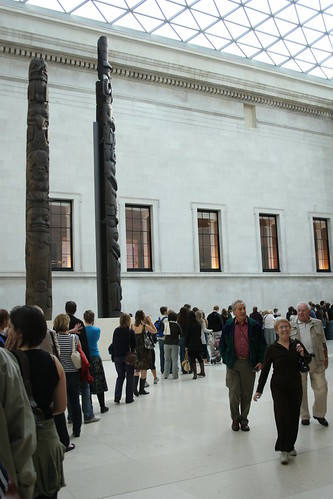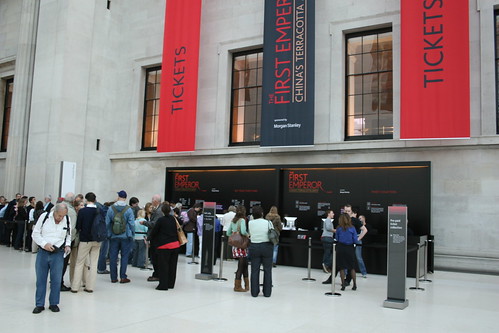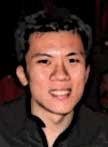The First Emperor Exhibition @ the British Museum
259 BC ~ Birth
246 BC ~ Becomes King of Qin at age of 13
240 BC ~ Construction of his tomb begins
230 - 221 BC ~ Conquers 6 other states
221 BC ~ Becomes the first Emperor of China (Qin Dynasty)
210 BC ~ Death and burial in tomb
It was a great experience visiting the British Museum yesterday with Johanna. She has been very excited about visiting this exhibition. We were quite worried that we wouldn't be able to get any tickets by the time we fly back to Malaysia as the online tickets have been sold out for the next many months due to overwhelming response. So we've decided to try our luck by getting 2 of the 500 tickets to be sold early every morning.
We were shocked to see the long queue around 9.15am. There were definitely more than 500 people in the queue by then. But we've decided to try our luck and was lucky enough to get hold of two tickets for 4.10pm entry.
We were back at the British Museum at 4.10pm. Unfortunately no photography is allowed for the exhibition.
So the story started... how the Qin (pronounced "chin") kingdom came about and how an ambitious young man born Ying Zheng, installed as the King of Qin at the age of 13, managed to conquer 6 other warring states within a decade, to form the first unified China empire.
He carried out many major reforms aimed at cementing the unification - language script, legal system, weights and measurements and currency. He also built the Great Wall of China to fend of attacks from enemies from the north and the west, at the expense of many human lives. He outlawed Confucianism, by banning his books, in order to cement his oppressive rule.
He is perhaps most well-known for his intention to govern forever, and tried many ways to prolong his life. He also spent 30 years building his tomb complex, a 57 km sq palace where he could rule forever in his afterlife. This palace was only unearthed by a farmer in 1974.
Around 7,000 terracotta soldiers have been found burried in a few pits outside the tomb, standing guard. Other items from the excavation include statue of entertainers, government officers, horses and chariots, cranes, pottery, etc.
The main part of the tomb itself has been left unopened. Historical text mentioned that it contains rivers of mercury. Traces of mercury has been found around the tomb thus far. It will be interesting to know what treasures are inside... For a man who has so much attention to detail, I dare to imagine anything.
We're both amazed by his attention to detail. The swords for his army has to be made to specification, with the names of the labour and his supervisor engraved to ensure quality. Each terracotta army statue also has the stamp of the workshop for the same purpose. His palaces in various regions were also built consistently. The list goes on for many other things...
I've known some of the history relating to Qin Shi Huang. But the exhibition was truly an eye opener. Will definitely visit Xi An one day to look at the real tomb itself.

The long queue

The ticket booth




No comments:
Post a Comment